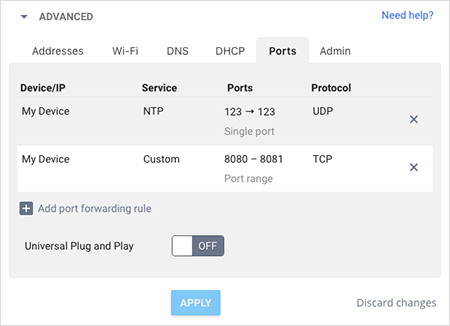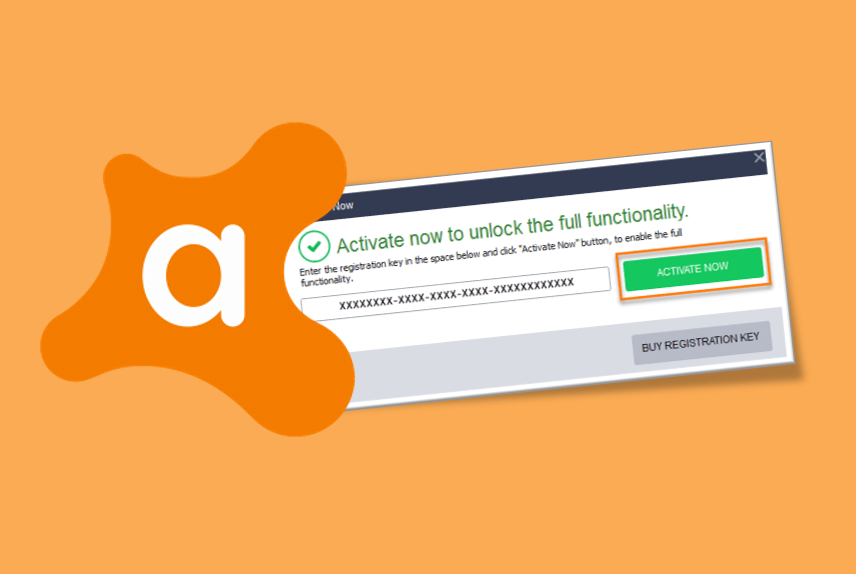When we are talking about browsing the world wide web, we all have a pretty good idea how networks function, in the way that every single device possessed an Internet Protocol (or IP) address. Also, we know there exist 2 types of IP addresses: public as well as private. Accessible just about anywhere in the world are public IP addresses but private addresses are only used on internal networks (an example is 192.168.x.x). So to receive data from the Internet, what we need to do is sent requests out with a global IP address which corresponds to our router as well as a local IP address, which in turn corresponds to our PC or some other device which is networked.
However, what happens when we start requesting some different sort of data, perhaps from torrents or email? In which way does the device computer know what application the data is meant for? The answer to that question is – ports.
What are ports?
Somebody once compared ports to tubes sorting out mail within a PC or any other device. So when a data packet arrives for the computer, the operating system inspects, so to say, the port number which it is intended for. It is necessary to say that each port matches a separate application (with as many as 65,536 ports being available for use).
In fact, some of the ports (these being the initial 1,024) are so called fixed ones (this is a pre-established standard which gives helps to core applications in their communicating all over the world). For example, web traffic requests which are unsecured are nearly always (depending on the server software) handled by port 80, which is the Apache HTTP traffic standard. On the other hand, POP3 incoming email is served by 110, and SMTP outgoing on 25, while FTP is served on 20 or 21. Past port 1024 is mainly free for everyone; however, for applications to employ these, using Universal Plug and Play (hereinafter: UpnP) is the easiest way.
What is UPnP?
UPnP is a standard for the use of Web and Internet and Web protocols in the aim of enabling devices (for example, PCs, wireless devices, and intelligent appliances) for being plugged into a network, then automatically recognizing one other.
To let data be sent from the Internet to a computer, it needs to request the router to forward a certain port, meaning that when the router notices a packet which is destined for a particular port, the router will be forwarding it to a particular local device.
Also, by using this standard, a user will plug a device in the network and the device will be able to configure itself, as well as acquiring a TCP/IP address. Then, it will use a discovery protocol which is based on the HTTP (or the Internet Hypertext Transfer Protocol) in order to make known its presence to other devices on the network. This system or standard is an open industry standard which the company Microsoft, which is its leading promoter, depicts as being “seamless proximity networking” and which provides certain standardization on the wire itself and not within the devices by the use of accessible Internet standards.
UPnP was devised to spare us the trouble of setting up port forwarding by hand so all in all, it can be said that this is a certain kind of protocol where an application is able to demand a port and then by design set up the system of port forwarding. For the most part, UPnP works well and the process of port forwarding is sure to be totally invisible for users.
How to configure UPnP port forwarding?
- Login to Fiber account using your credentials.
- Choose “Network” from Navigation menu.
- Go to “Advanced” option and click on “Ports”.
- You will see your current port service mappings in the tab, just enable or disable UPnP port forwarding.

What is manual port forwarding?
It can occur that UPnP doesn’t function or it may have been disabled as a precaution, because a so called rogue application which may be running on the local network could possibly open it with UPnP. If this happens, a manual opening up of the ports is necessary.
There are some things that need to be identified when setting up manual port forwarding.
- Accessing the router configuration page means entering the gateway address of the network.
- It is important to know the port or rather, range of ports, which should be forwarded.
- It is very important to know the computer’s IP address, that is, the address of the computer which we are forwarding to.
When do we need to open ports?
This can happen in the case that the application which we are attempting to configure refuses to work by using UPnP. This is a rare occurrence, but it can still happen.
There is another occurrence when we without doubt need to forward ports, and that is when we are running our very own web servers which we need to be made available to others. It follows that we should forward port 80 on to the server and thus any possible HTTP demands to the modem are sent on to the server. It should be said, however, that manual configuring is very uncommon in our time (unless we are running our own servers) – furthermore, it is not at all necessary for gamers. However, we all agree that any and all information can be useful!



